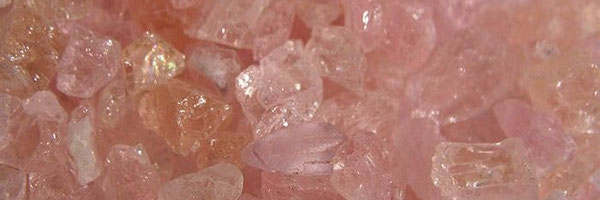Growing Crystals
Grade 8
Presentation
No video provided
Hypothesis
The experiment’s hypothesis was that we think lower temperatures produce smaller alum crystals while warmer temperatures produce larger crystals.
Research
The crystal kit we used: Crystal Growing, 4M - Crystal Growing Kit
On the box of the growing crystals boxit stated that it would take at least 4-8 days for the crystals to fully properly grow.
We chose the colour pink for our crystal colour so that may affect the results of the time period.
WE DID THIS FROM WHAT WE KNEW NOT FROM ANY WEBSITES SO THATS WHY DONT HAVE MANY THINGS TO CITE
Variables
- The tempature of the water (hot or boiling) (we did hot)
- The colour of the crystal (choice between pink, purple, red)
- The ingredients to form a specific colour of the crystal (we chose pink)
Procedure
1. Fill a glass with water, pour some sugar on a small plate, and lay out a sheet of waxed paper. Dip one end of each stick (cut pointed ends off if you use skewers) into the water and then roll it in the sugar, tapping it gently to remove excess. Set each stick to dry on the waxed paper. 2. Pour the cup of water into the saucepan and add 1/2 cup sugar. Stir it well until no more sugar will dissolve. Add more sugar (1/2 cup at a time) until you can’t get any more to dissolve even after stirring for several minutes. You should end up with about 1 1/2 cups sugar dissolved in the saucepan. It’s OK if there is some undissolved sugar at the bottom of the pan. (You now have a saturated sugar solution.) 3. Ask an adult to help you heat the sugar mixture on the stove until it boils, stirring the whole time. Turn the heat to medium-low and keep stirring until all the sugar dissolves. (Now you have made a supersaturated solution!) 4. Keep cooking the liquid and stirring it until it becomes clear, but not for more than 5 minutes, or it will get too hot and turn into hard candy! Turn off the stove as soon as it starts to look clear. 5. Move the pan off the heat and allow it to cool down until the pan is no longer hot (the sugar solution will still be slightly warm). 6. Have an adult slowly pour the thick sugar solution into the jars. Fill each about 2/3 full, or enough so that sugar solution will cover several inches of your sugar-coated sticks. 7. Add 5-6 drops of food coloring to each jar and stir. (Optional: Only do this step if you want to make different colors of rock candy!) 8. Once the solution is cool and the sugar-coated sticks are completely dry, place several sticks into each jar 9. Carefully move the jars to a place where they won’t be disturbed. Check them every other day and gently stir the sticks around in the sugar solution to break up any large crystals forming on the surface. 10. Within a few days, you should start to see crystals growing on the sticks. After about one week, you will probably have a lot of crystals. When your “rock candy” crystals are as big as you want them to be, take them out of the jars and set each color of candy in a clean glass to dry.
Observations
The first few days there were only a couple of small crystals, growing really slowly.
Analysis
When we used hot water for the crystals, the crystals took a longer period of time to grow: but when we used boiling water the crystals only took about 5 days to grow instead of 7 days to grow.
Conclusion
In conclusion the sugar crystals definitely worked the best.
The crystal ended up taking 7 days to grow (slightly similar to what we suspected)
Application
In the future if scientists wanted to grow some crystals to do experiments on them they would now know (if they were to also use the same way we grew crystals) to use boiling water instead of hot water if they wanted to quicken up the growing process of the crystals.
Sources Of Error
We should have grown more crystals instead of just one.
Citations
Brand Of Crystal Growing Kit: 4M - Crystal Growing Kit
Proper citation of the brand:
4M"Crystal Growing Kit"dillydallykids.ca, March 9 2024, dilly dally Toys & Delights
Acknowledgement
Project creators: Amelie Henderson Dallow & Shrushti Ingles
Teacher: David Cassidy

